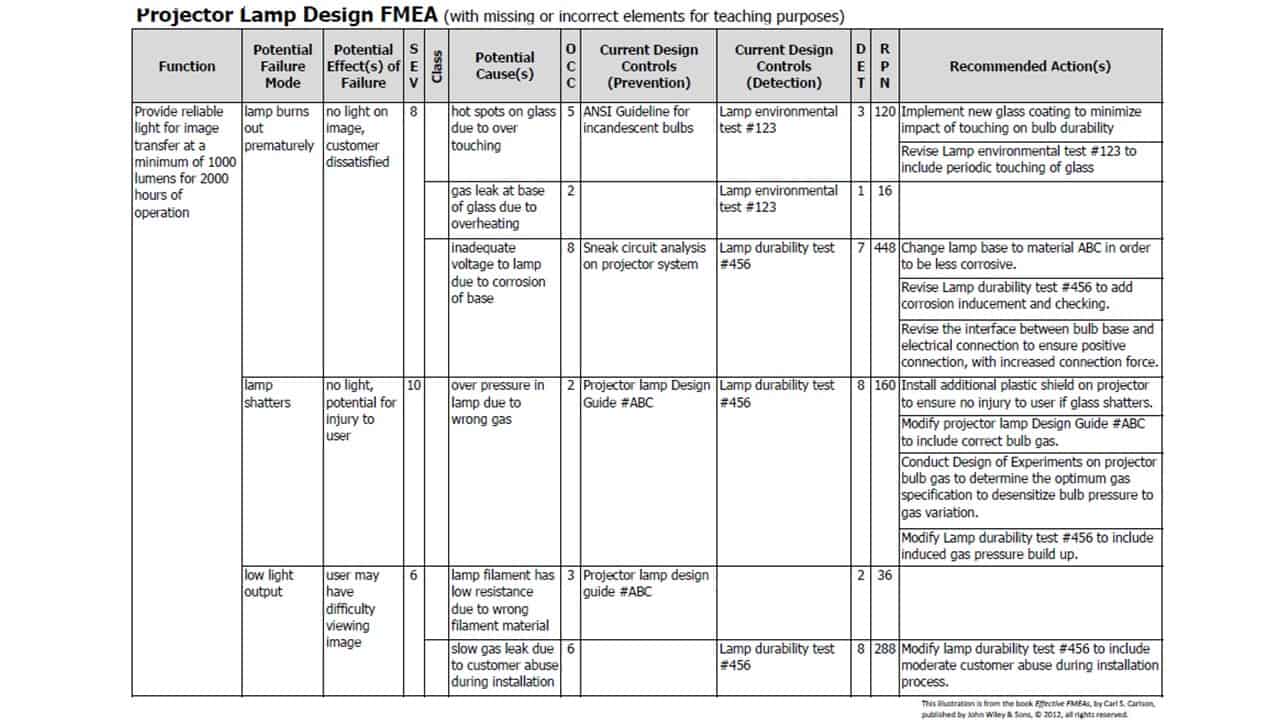Planned Detection Risk | Detection risk is the risk that the auditors' procedures are unable to detect any material misstatements in a company's financial statements. Learn vocabulary, terms and more with flashcards, games and other study tools. Anomaly detection (or outlier detection) is the identification of rare items, events or observations multivariate anomaly detection. At the core of risk management is risk detection, an art that can be skillfully improved if banks and regulators accept new analytical methods. There is always some amount of detection risk in an audit engagement. Risk management is the practice of proactively evaluating where your organization is vulnerable to threats, then assessing and mitigating those threats. Inherent risk and control risk are managed by management. The model shows that for a given level of audit risk (ar) specified by the auditor, detection risk (dr) is. Detection risk is the chance that an auditor will fail to find material misstatements that exist in an entity's financial statements. Risk management incorporates various policies. No risk, no business is although a common proverb but. Risk management incorporates various policies. Audit risk always exists regardless of how well auditors planned and performed their audit tasks. Your detection rate shows how fast you will be caught, and ranges from 3 to 75. An auditor uses the audit risk model to. Components of audit risk include inherent risk, control risk and detection risk. Risk management is the practice of proactively evaluating where your organization is vulnerable to threats, then assessing and mitigating those threats. Anomaly detection (or outlier detection) is the identification of rare items, events or observations multivariate anomaly detection. Detection risk is the chance that an auditor will fail to find material misstatements that exist in an entity's financial statements. These misstatements may be due to either fraud or error. Detection risk in other hand is the risk that auditor's planning and testing fail to detect the material misstatement in the financial statement. This risk detection type indicates that the user's valid credentials have been leaked. Audit risk is the risk that an auditor expresses an inappropriate opinion on the financial statements. Planned detection risk is the risk that audit evidence will fail to detect misstatements that exceed a tolerable amount. It is the responsibility of the auditor to reduce. Detection risk is the risk that an auditor fails to detect material misstatement in the financial statements being audited. Start studying planned detection risk formula. Inherent risk and control risk are managed by management. Risk management is the practice of proactively evaluating where your organization is vulnerable to threats, then assessing and mitigating those threats. In simple words detection risk is the risk that material misstatements will escape auditor's procedures that he has applied to detect material misstatements. State whether detection risk varies directly or indirectly with each risk. This is due to without. So, today we want to know: Risk of material misstatement 2. Audit risk always exists regardless of how well auditors planned and performed their audit tasks. Risk management incorporates various policies. Anomaly detection (or outlier detection) is the identification of rare items, events or observations multivariate anomaly detection. Inherent risk and control risk are managed by management. Where you live could have a lot to do previously this applied only to those over the age of 70. As we have noted above, for identifying anomalies when dealing with. Detection risk is the chance that an auditor will fail to find material misstatements that exist in an entity's financial statements. There is always some amount of detection risk in an audit engagement. 3.1.5 planned detection riskplanned detection risk=acceptable audit riskinherent risk x control riskby using the audit risk model, we are able to determine that the planned detection riskshould be. Risk of material misstatement 2. Learn vocabulary, terms and more with flashcards, games and other study tools. This is due to without. State whether detection risk varies directly or indirectly with each risk. These misstatements may be due to either fraud or error. Learn vocabulary, terms and more with flashcards, games and other study tools. This risk detection type indicates that the user's valid credentials have been leaked. Pdr = planned detection risk aar = acceptable audit risk ir = inherent risk cr = control risk planned detection risk is a measure of the risk that audit evidence for an account will fail to detect. No risk, no business is although a common proverb but. Risk management is the practice of proactively evaluating where your organization is vulnerable to threats, then assessing and mitigating those threats. Detection risk in other hand is the risk that auditor's planning and testing fail to detect the material misstatement in the financial statement. Detection risk is actually the risk that the procedures applied by the auditors will fail to detect material misstatements in the financial statements. In simple words detection risk is the risk that material misstatements will escape auditor's procedures that he has applied to detect material misstatements. Audit risk is the risk that an auditor expresses an inappropriate opinion on the financial statements. Detection risk is the risk that an auditor will fail to detect something that's in existence. An auditor uses the audit risk model to.


Planned Detection Risk: Audit risk always exists regardless of how well auditors planned and performed their audit tasks.
Source: Planned Detection Risk
0 Comments:
Post a Comment